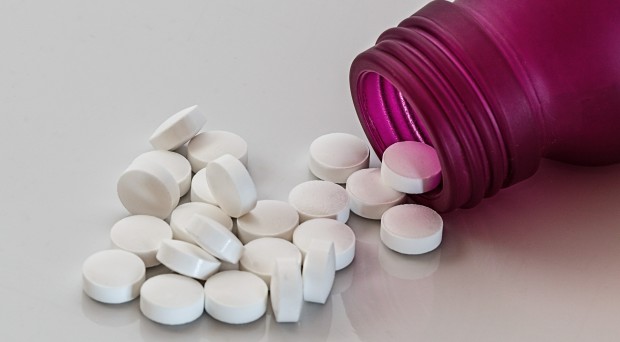
Deaths in the U.S.A. due to overdosing on prescription pain medicines skyrocketed across the first decade of this millennium, more than tripling between 2000 and 2013 (from 1.5 to 5.1 per 100,000 persons).
Although the trend is now plateauing, likely as a result of greatly increased awareness and caution on the part of healthcare providers, a growing heroin crisis is following fast on the prescription drug epidemic’s heels.
In 2013, 8,257 people died from heroin overdose – a more than four-fold increase since 2000 (1,842 deaths). Now a new study by Nobel laureate economist Angus Deaton and his Princeton colleague Anne Case has put America’s drug overdose crisis in a startling new light.
As Case and Deaton reported last month in the Proceedings of the National Academy of Sciences, drug and alcohol poisonings, along with suicide and liver diseases, produced an anomalous increase in all-cause mortality among U.S. non-Hispanic white men and women between the ages of 45 and 55 between 1999 and 2013.
Substance- and mental-health-related deaths increased in other groups too, but it was only in middle-aged non-Hispanic whites that they actually drove up all-cause mortality.
This was a period when mortality in all other age groups and ethnicities (as well as among European whites the same age) continued its traditional decline.
Substance- and mental-health-related deaths increased in other groups too, but it was only in middle-aged non-Hispanic whites that they actually drove up all-cause mortality. Had mortality declined in this group at the same rate as in the previous two decades, a half million deaths would have been avoided.
In the past, opioid addiction was mainly heroin addiction, and people thought of it as a problem of urban minorities. But it has now become an equal-opportunity disease. According to a Kaiser Health Tracking Poll released this week, 56 percent of the American public say prescription drug abuse, addiction, or overdose has affected them or someone they know. And opioid abuse has complex ties to the epidemic of chronic pain that has developed in parallel.
What can be done?
This year the U.S. Department of Health and Human Services and the White House have both announced multipronged initiatives to attack the escalating problem of opioid overdose, and at the National Institute on Drug Abuse (NIDA) we’ve been addressing the problem in several ways.
Just last week, we met a major milestone with the FDA approval of an intranasal formulation of the opioid-overdose-reversal drug naloxone, which was developed by Lightlake Pharmaceuticals in partnership with NIDA. NARCAN Nasal Spray will make this safe, life-saving drug even more usable by first responders as well as laypeople.
NIDA has also led the push for improved pain education, as well as promoting wider adoption of the effective medication-assisted treatments that exist to treat opioid use disorders.
In our era seeing increased longevity and improved health nearly across the board, any reversal like the one identified by Case and Deaton is a wake-up call.
Buprenorphine and methadone reduce opioid use and increase social functioning, and extended-release naltrexone supports abstinence by blocking the effects of opioids in the body. Unfortunately these medications remain grossly underutilized due to stigma and systemic problems like lack of insurance coverage.
In our era seeing increased longevity and improved health nearly across the board, any reversal like the one identified by Case and Deaton is a wake-up call. That it can be traced not to more familiar killers like cancer and heart disease but to substance use and related mental health comorbidities is particularly noteworthy.
These disturbing trends should spur us to do all we can to deliver needed interventions to people suffering from drug and alcohol use disorders, as well as boost our efforts at prevention.
Comments